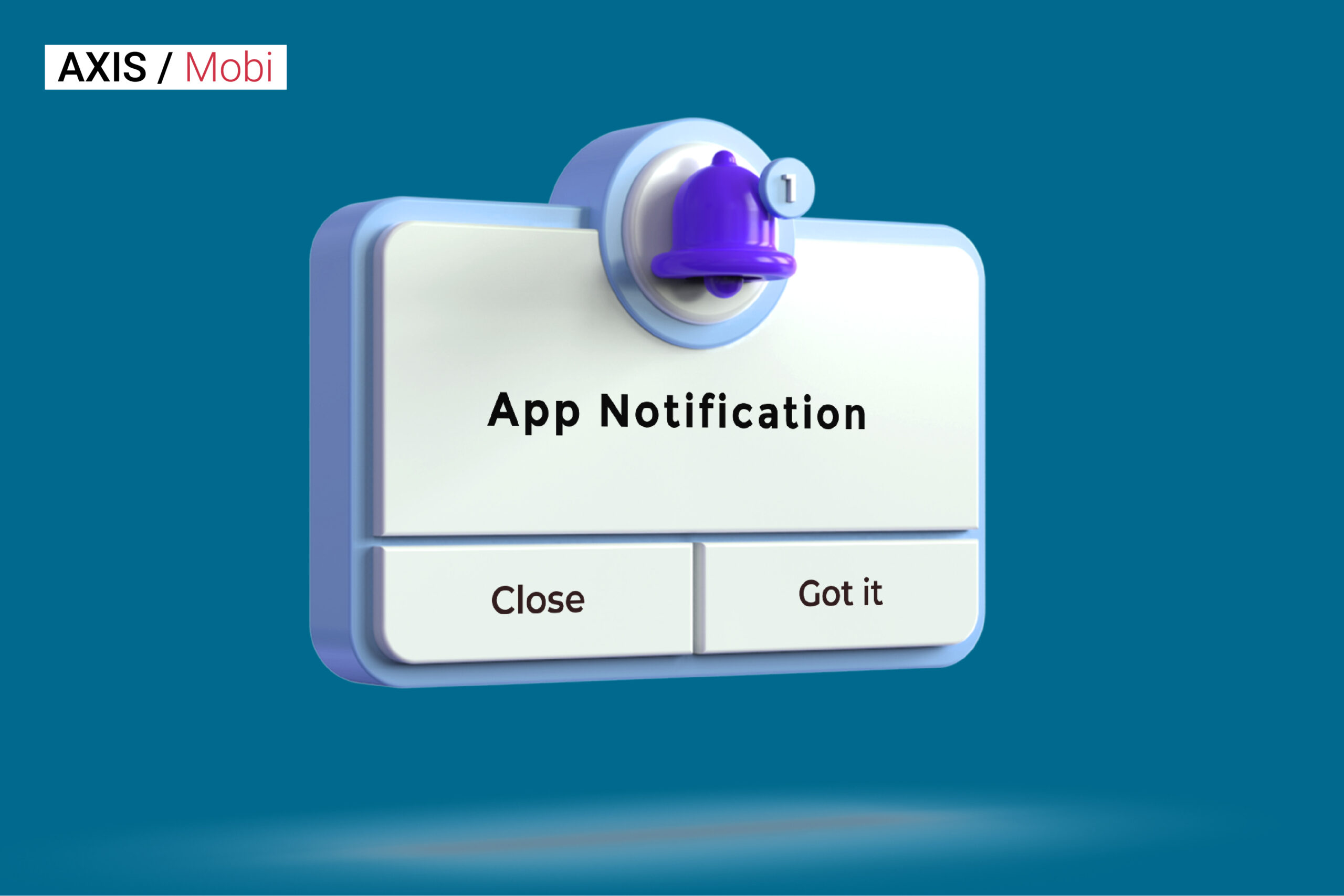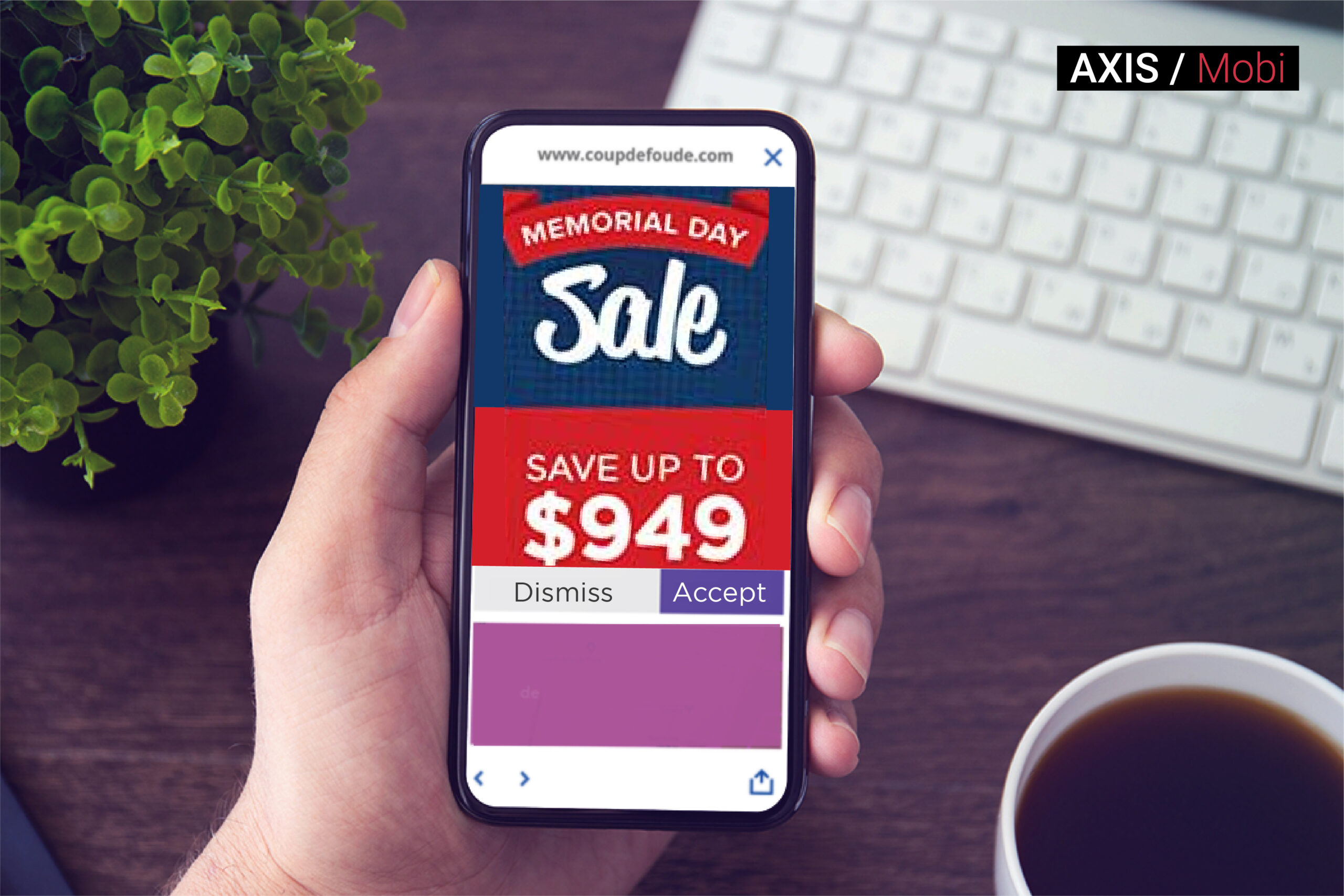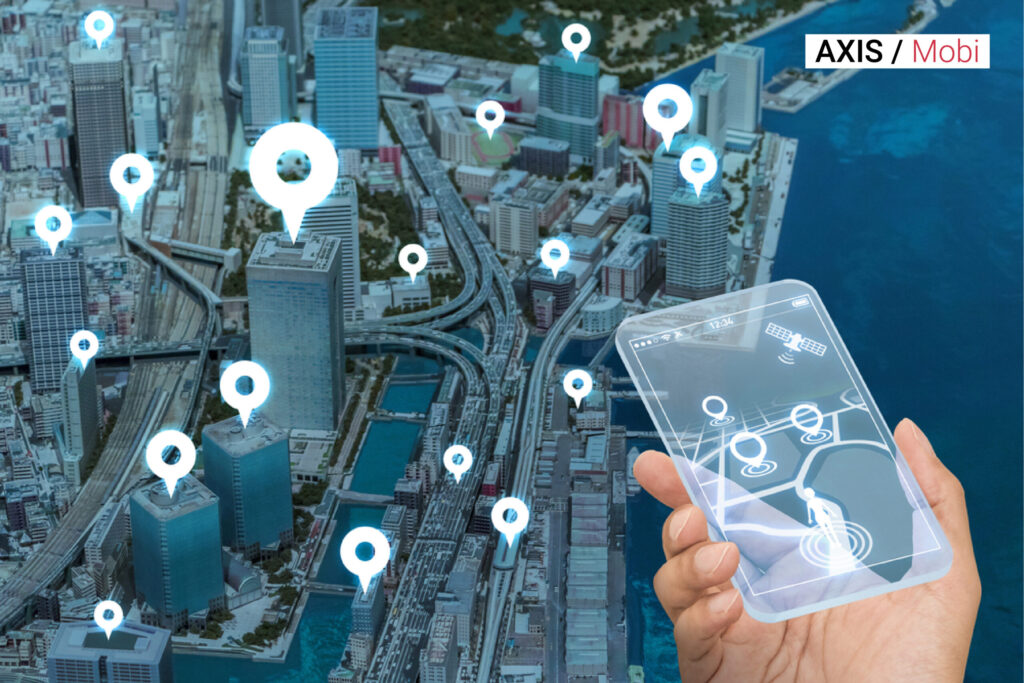With the increase of mobile phone usage, mobile marketing has been expanding by leaps and bounds. More lately, marketers have taken full advantage of its abilities with geofencing, a compelling approach to provide the dynamism of location-based marketing.
While utilizing location based marketing for advertisement is neither a brand-new concept nor limited to mobile (more on that later), its reputation has grown along with the emergence of smartphone users. (According to a report are more than 5 billion smartphone users Today.)
What Exactly is Geofencing?

Geofencing is location-based assistance in which an app or other software program uses radio frequency identification (RFID), Wi-Fi, GPS, or cellular data to trigger a targeted marketing action including text, email, social media advertisement, app notification) when a mobile device or RFID tag enters or exits a virtual geographic boundary, known as a geofence.
A simple example of location based marketing is when a young woman walks near a Sephora retailer at the mall and receives an app notification that says: “Today only! Buy one lipstick, get one free!”
Marketers can also check the consumer’s location through GPS, Bluetooth, and beacon and use three different targeting methods: geofencing, geotargeting, and beaconing.
Geotargeting concentrates on passing targeted advertising to desktop users based on their location. In contrast, beaconing is focused on transmitting targeted messages and information to nearby mobile devices.
Location based marketing focuses on the virtual outline built by the marketer around a particular geographic area to deliver targeted messaging.
The main advantage of Geofences is that they can be set up on the mobile, tablet, and even desktop devices anywhere. It can be configured to target a particular place (such as the mall mentioned above), a demographic business area, a business category (e.g., restaurants), a brand location (say, all the Sephoras worldwide), a city, or a state.
Geofencing Statistics:

Geofencing can provide unbelievable results for marketers looking to operate hyper-targeted, location-based marketing for apparent reasons. The statistics prove it:
• Mobile ads with geofencing have two times the click-through rate compared to other advertising strategies.
• It is cooperative with 92% of smartphones.
• The mediocre consumer spends 5 hours a day on their mobile device.
• 71% of consumers favour a personalized ad experience.
• 3 out of 4 consumers complete an action after receiving a message when advancing to a specific location
• 53% of shoppers visited a retailer after receiving a location-based message.
What are the benefits of Location Based Marketing?
What is it about geofencing that gets marketer’s excited, and how can it help your marketing efforts? Here are the significant benefits:
Better Targeting:

With the ability to hyper-target prospects, you’ll be able to reach folks at the right time and the right place and engage them with relevant and timely messaging.
Location based marketing targets folks in a specific geographic area and filtering that area by particular targeting criteria.
Using the Sephora example above: a marketer would not send out the “lipstick” messaging to any Jane, Dick or Harry that walked by. Instead, they would have targeted that ad to a specific demographic.
Spend Effectiveness:

The engagement numbers go up when the advertising is hyper-targeted and sent at the right time and place. Geofencing helps to spend marketing dollars on prospects that are most likely to take action and pay less money on those that are not.
Improved Data Collection:

After implementing geofencing, access to many insightful data metrics such as, are brick and mortars are performing better, which target segment has higher engagement, traffic patterns (when people are in/near your locations), stay durations, and messaging effectiveness is visible.
When this collected information is combined with online activity, a business can improve the purchase information and web browsing behaviours, user experience, increase engagement, and better understand user behaviour. The same information can be used to target folks who have previously visited specific locations to create customized follow-up messaging.
Personalized Customer Experience:

Geofencing gives the option of personalizing the customer experience. If the marketing strategy is of a specific area, the marketer can utilize the demographics of that local population and customize the promotions accordingly.
For example, suppose a famous, local high school basketball team is doing well this year. In that case, you could utilize that information to create some customized promotions (for example, one free coffee every time the Panthers win!).
Competitive Advantage:

A virtual fence should be the physical location and list where the customers are likely to be?
Big brands utilized the opportunity and earned higher profits. Why? Because location based marketing can draw prospects away from the competition.
For Example: In 2016, Dunkin Donuts famously utilized geofencing technology to lure customers away from the competition by creating geofences around other coffee shops in the area and sending targeted ads to those prospects. Of the 36 per cent that clicked on the offer, 18 per cent saved it, and 3.6 per cent returned it to redeem.
How Is Geofencing Being Used by Marketers?
There is an abundance of ways to use geofencing in marketing strategies. Below are some of the most common uses:
Brand Application:

Many businesses use apps already downloaded by consumers to send an in-app notification once when a customer enters the geofenced area.
Text Engagement:

When a customer askes to receive something from the business, a” TERMS AND CONDITION” option is also accepted. The customer often leaves that little box checked to say, “It’s ok to send me text messages”. The acceptance allows the marketers to send a text to the customer about the promotional benefits. But why would a company spend hundreds of dollars in sending text messages? And here comes the location based marketing. This strategy helps the marketers to contact its customer when they arrive in a geofenced area.
Third-Party App:

Geofencing is not restricted to being used by the marketer’s app. A third-party application can also be used to send notifications.
For example, a restaurant can use a coupon app to send coupons once a consumer enters a geofenced area.
Social Media Ads:

Geofencing can use all the major social media platforms (Facebook, Instagram, Snapchat, Twitter). These apps help in redefining the geofenced area more accurately.
Web Ads:

Like social media ads, web ads are served to consumers once they’ve crossed into a pre-defined geographic area utilizing web search platforms such as Google.
Tips for Implementing Geofencing into Your Marketing Strategy
First and foremost, you’ll want to know—really know—your target demographic. Because this is highly targeted, location-based marketing, you’ll want to understand your customers thoroughly and use language that will appeal to them.
Limit Your Scope:

Marketers limit the geofencing scope to increase its efficiency.
For example, if a young woman is 30 miles away from Sephora, it’s unlikely that she’d be keen to travel the distance just for a free lipstick.
Location based marketing should be within the range of 4-5 minutes. But it also depends on the location the marketer’s business exists.
For example: If your business is in a highly rural area, you’ll want to add a few miles to that geofence to increase your capture rate.
Clear Call to Action:

A clear call to action should be given only when it provides immediate results.
The main focus of geofencing is to target folks in the demographic area—giving them a clear and immediate reason to walk through the front doors.
Location based marketing will not work if it’s only marketing messaging.
Multiple Marketing Techniques:

Multiple target marketing techniques should be utilized for best results because one strategy will not receive a higher ROI. Mixing the geofencing with content marketing, remarketing, search engine advertising, display advertising, and video advertising (to name a few) will customize and target multiple, specific audiences.
One thing to note is that Google Adwords, Facebook, and Instagram support location based marketing at no additional charge.





Pingback: Know everything about Geofencing(Location-Based...